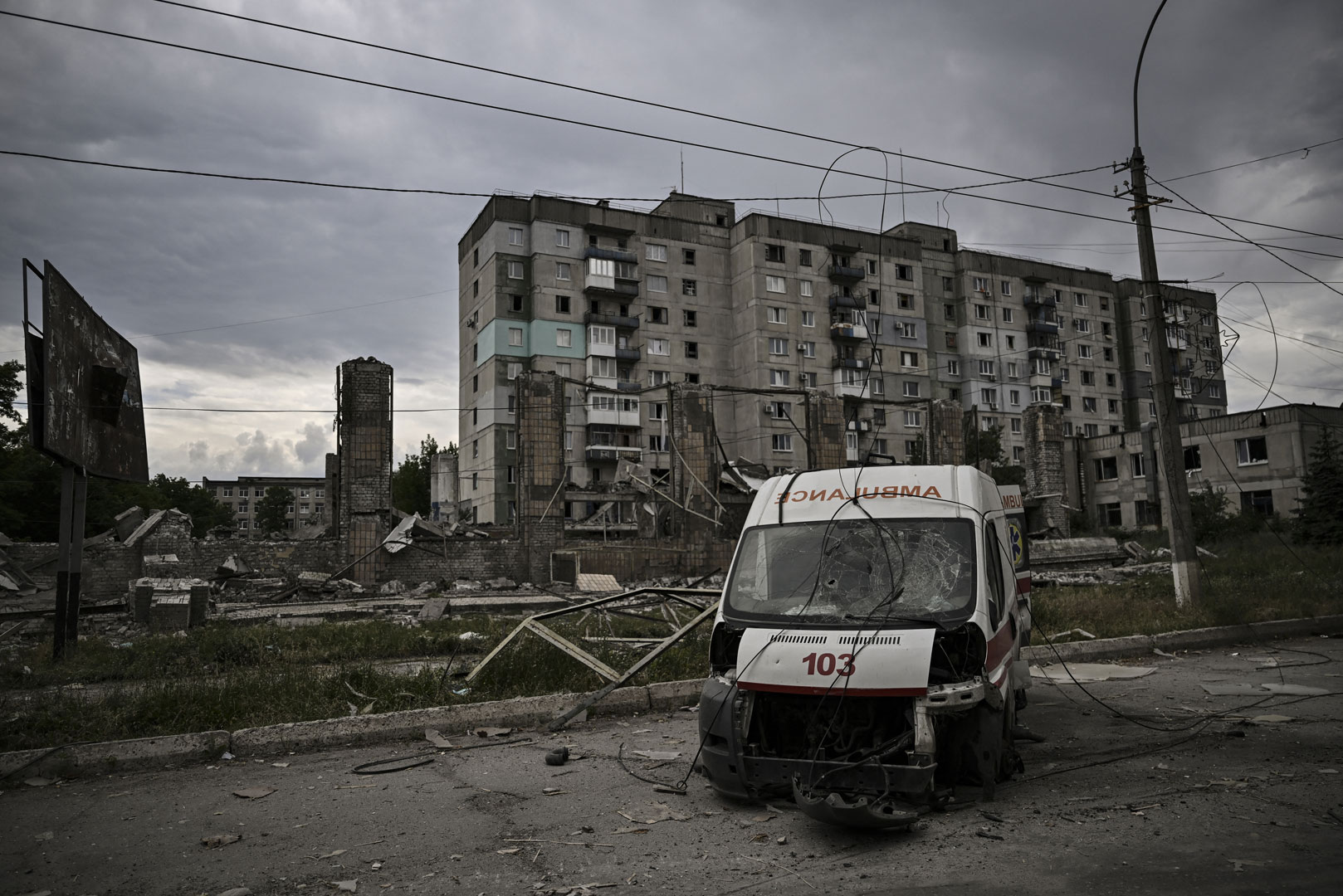
Aris Messinis was born in Thessaloniki in 1977. A self-taught photographer, he began working with the Associated Press in 1997. He joined Agence France Presse in 2003 and has been chief photographer of the AFP photo department in Athens since 2006.
His work has been published in many major international magazines and newspapers, including the International Herald Tribune, The New York Times, TIME Magazine, Newsweek, Paris Match Magazine, The Guardian and others.
He has also received many awards, such as the Deadline Club of America 2002 awards, the Editor & Publisher Photos of the Year 2002 awards, the first prize Fuji Hellas 2005 EPPA, the 3rd place of the NPPA Best of Photojournalism 2005 competition, the first prize of photography Prix International du Grand Reportage Sportif Francophone 2005, the 2011 Fotoweek DC Awards 3rd place (Portfolio Photojournalism/Social documentary), the 2011 Award of AMAN (Alliance of Mediterranean News Agencies), the 2012 Days Japan (Special Prize by Jury), the 2012 Prix Bayeux-Calvados des Correspondants de Guerre (Prix photo professionnel).
In 2016 he received the Visa d’Or News awards for the international photojournalism festival Visa Pour L’image. Furthermore, the Pictures Of The Year (POY) awards, 3rd place for Single category and 3rd place for Story category. For the Atlanta Photojournalism Seminar awards, 1st place for the News Picture Story category and 2nd place for the Spot News category and the Oliver Rebbot award. In 2017 he received the Audience Award for the Days Japan International Photojournalism Awards.

Beyond its importance, photojournalism in war zones puts the professional in a constant “battle” with their own personal limits. This includes their physical safety, their emotional and mental health, and the moral and ethical dilemmas they face on a daily basis.
We have all seen images of war and the horrific consequences of war, but few of us know exactly what a professional photojournalist goes through to capture a moment that will convey the news through the image.
In order to understand how the photographs are produced under these particular conditions, an attempt was made to record through a camera mounted on a protective helmet. A small demonstration of how the image is born in the heart of the conflict.
A properly “delivered” photograph can immediately convey the message and the emotions its creator wishes to convey: information, concern, joy, sadness, anger, but also questions that open the way to discussion and further reflection.
But wouldn’t it be just as useful to know the conditions under which an image is produced in war situations? It would help us to fully understand its weight and value, not only as a medium, but also as the product of an extremely difficult and dangerous process.